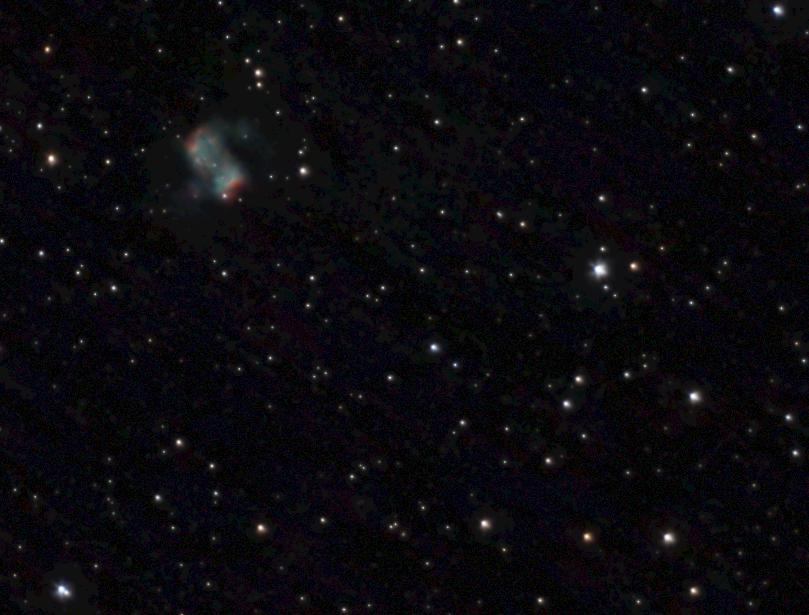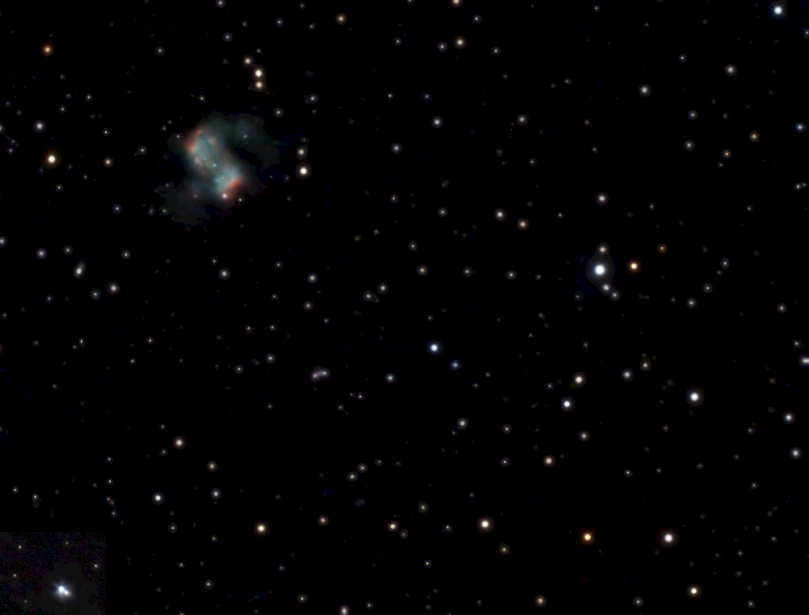I'm new to PI, but have put a lot of hours in and am slowly getting up to speed. Having an old mount, cheap optics, wobbly deck, and constant wind gives me plenty of not-so-great data to work with, so I've been forced to learn fast.
After several (as in SEVERAL) hours of experimentation, reading, and trying different approaches to correct some badly warped stars, I came up with a workflow that so far has given me good results. So, I thought I would make a video tutorial on how I did it, in the hopes that maybe it will help someone else out. It's not a professional production by any stretch; no fancy graphics, sound effects, or animations... just me flying by the seat of my pants and talking on a headset mic that distorted every now and then. But then again, I don't get paid for my mad skilz in video production, so hopefully someone can still get something out of it.

The video can be found here:
http://www.jcsautomation.com/pixinsight/starfix.mp4As a test example for the video, I used an image of M76 that I processed in PI a couple of weeks ago, and performed this workflow to correct the ugly stars. Although the final results could still be tweaked for a little more accuracy (and there are a few stars I shouldn't have messed with), it actually made for a pretty good down-and-dirty example. Here are some before and after images, showing the results:
Before

After

I'm sure there are better methods, and I'm sure there are die-hard purists out there that cringe at the thought of not having perfect data to begin with. With that said, this is just what works for me. YMMV
- Craig